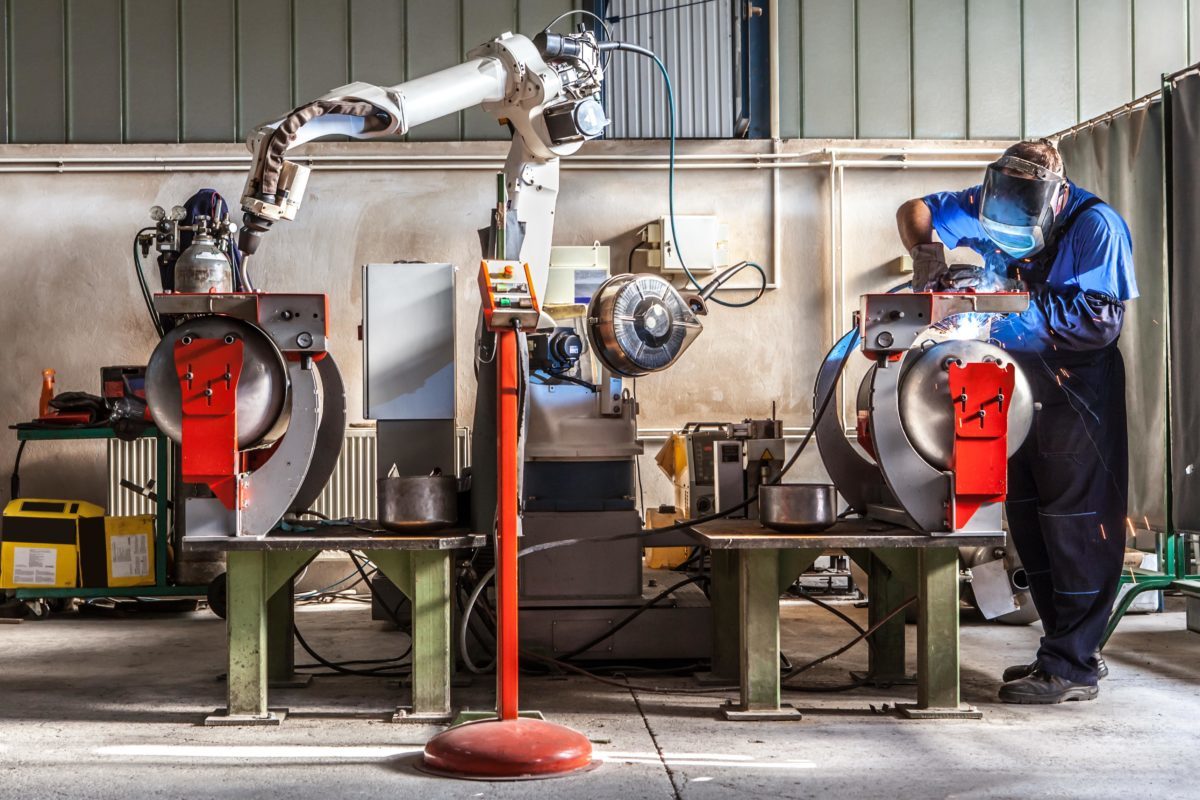
With the rise in digital dependency among businesses and a flare for new and exciting gadgets, consumers are shifting the influence in manufacturing. The market for industrial robots that build devices like mobile phones, laptops, TV’s, and other screens is in the middle of a 175% growth through 2025.
For decades robots have been taking the place of human labor and helping out in manufacturing, piecing together cars and large objects. But with the rapid shift in technology many are worried about where jobs will go and how robots will take over. Some are even making sure their manufacturers insurance is in place to avoid issues with new technology ushered in. So, where exactly are these robots going to make the biggest impact?
Emerging Markets
A new generation of manufacturing robots is stepping into the spotlight as more collaborative, smaller, agile, and better to handle than traditional machinery. Up to 34% of the industrial robots sold by 2025 will be this kind of collaborative robot, designed specifically to work safely alongside factory workers.
Depending on who’s commenting, collaborative robots (or cobots) are either part of the natural evolution of manufacturing and will help with accelerating productivity, or will obliterate the global workforce by taking away too many jobs. One way companies are trying to curb the latter option is to tax robots in order to make up for tax revenue.
Rise of the Robots
Robots for automotive manufacturing make up the bulk of the industrial robots made and sold around the globe. But like everything that becomes mass produced, robots in the coming years will get smaller and cheaper, and will match the demand of robots in automotive factories by 2025.
The market value for robots in the manufacturing industry is already up to about $14 billion, rising about 13% year over year. And, as mentioned above, by 2025 the market for these collaborative robots is projected to skyrocket to about $34 billion, nearly tripling the value in under 10 years.
Factories are already purchasing more robots than they have in previous years due to high demand and mass consumerism. But more robots sold doesn’t equate to a rise in market value at the same rate. The industries that will see the biggest impact are in aerospace, shipping, electronics, and a bigger uptick in the automotive industry.
Robot Insurance?
One of the biggest questions that businesses have regarding the integration of robotics into their workplace is, “How will this affect insurance?” Will robots need insurance? Insurance policies will need to expand to cover risks created by robots. While automated machinery will reduce risks such as human error, cannot be injured like human employees, and likely will not have wage disputes, adding robotics into the workplace will create its own fair share of concerns.
A malfunctioning robot could injure another employee, or it could shut down productivity. Disgruntled employees who feel that they’ve been replaced by the robot could initiate an employment practices suit. If the technology is part of the Internet of Things, it could be breached.
Robots have the potential to bring many benefits to the manufacturing industry, but it is crucial that professionals in this sector and others are prepared for the implications of what this technology could bring.
About Newman Crane & Associates Insurance
Deciding what coverage you need and what limits and deductibles make the most sense can be tricky. Since 1965, Newman Crane & Associates Insurance has been helping Central Floridians make sense of their options and make the smartest choices for their circumstances. Whether you need Warehouse Insurance or any other type of business or personal coverage, we encourage you to contact our friendly, experienced, and capable team today. Call us at (407) 859-3691 for a consultation.
